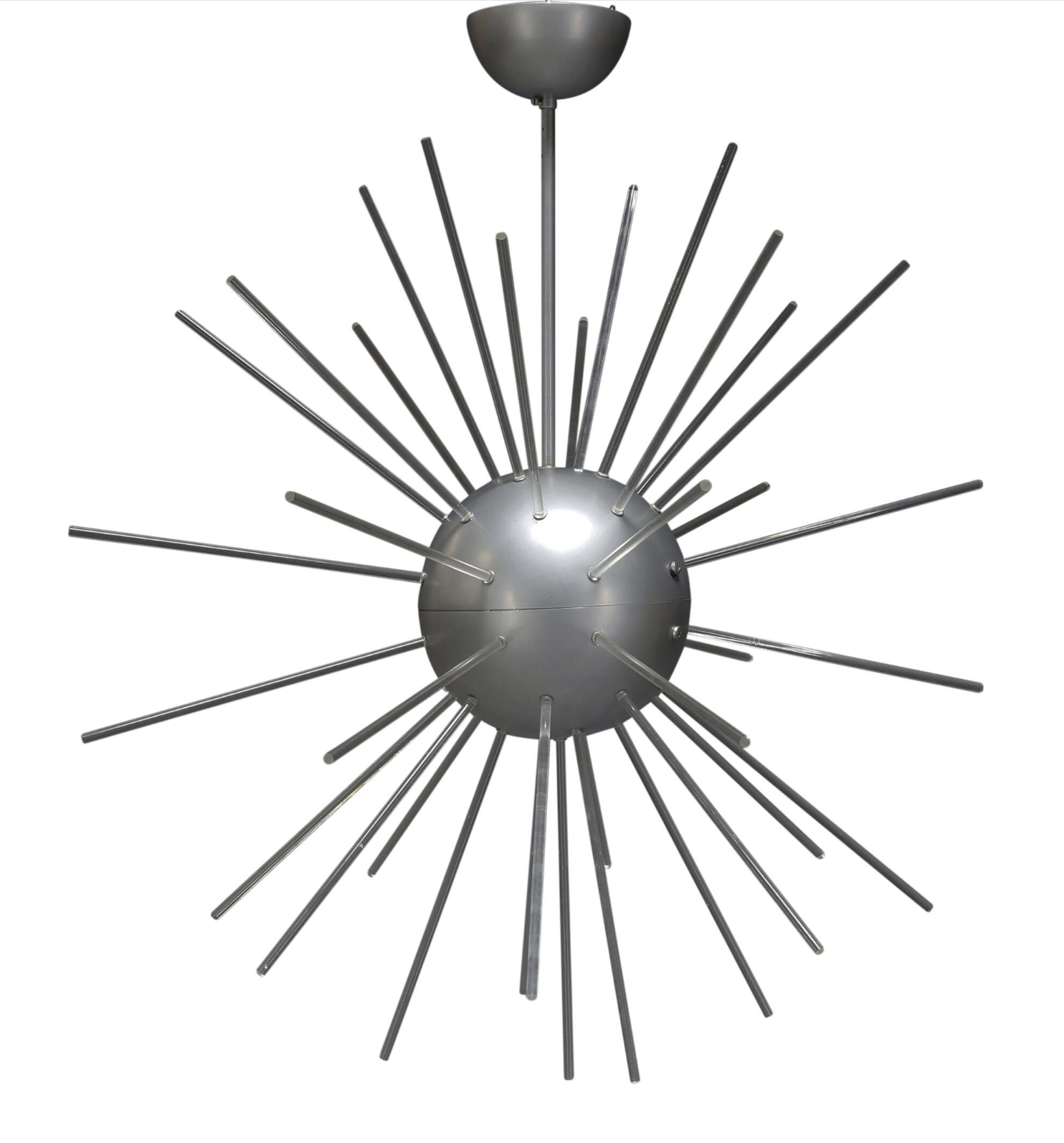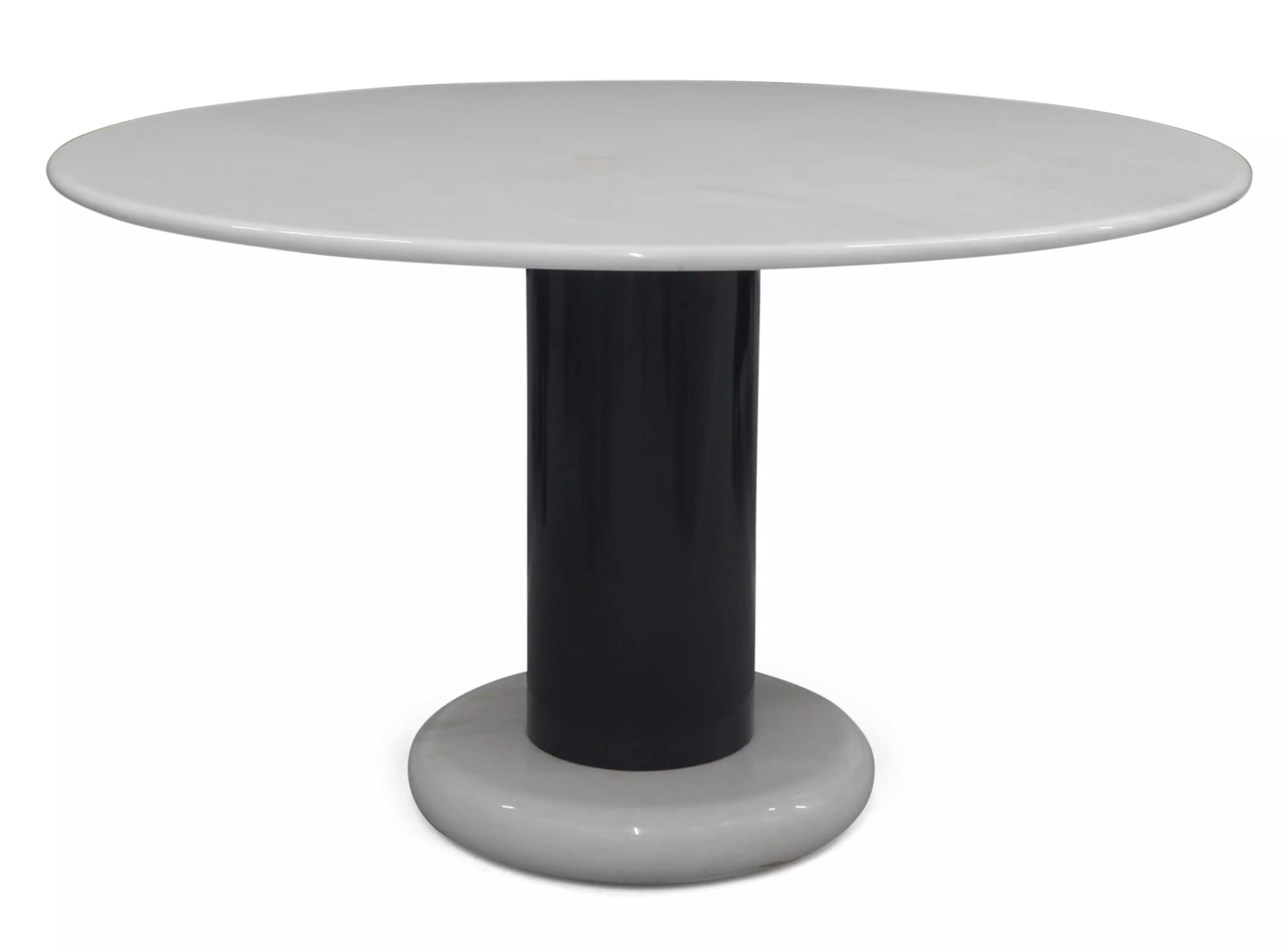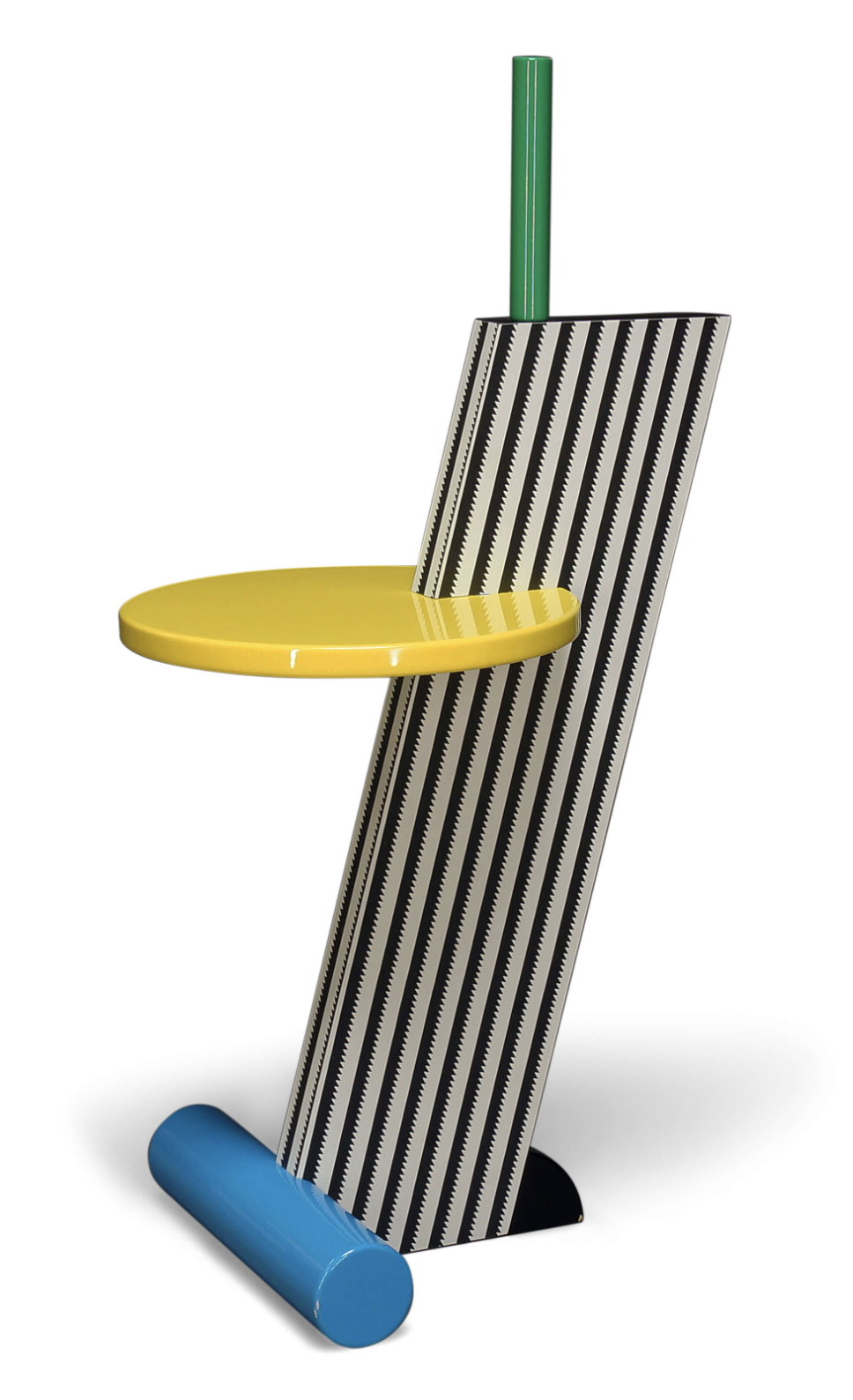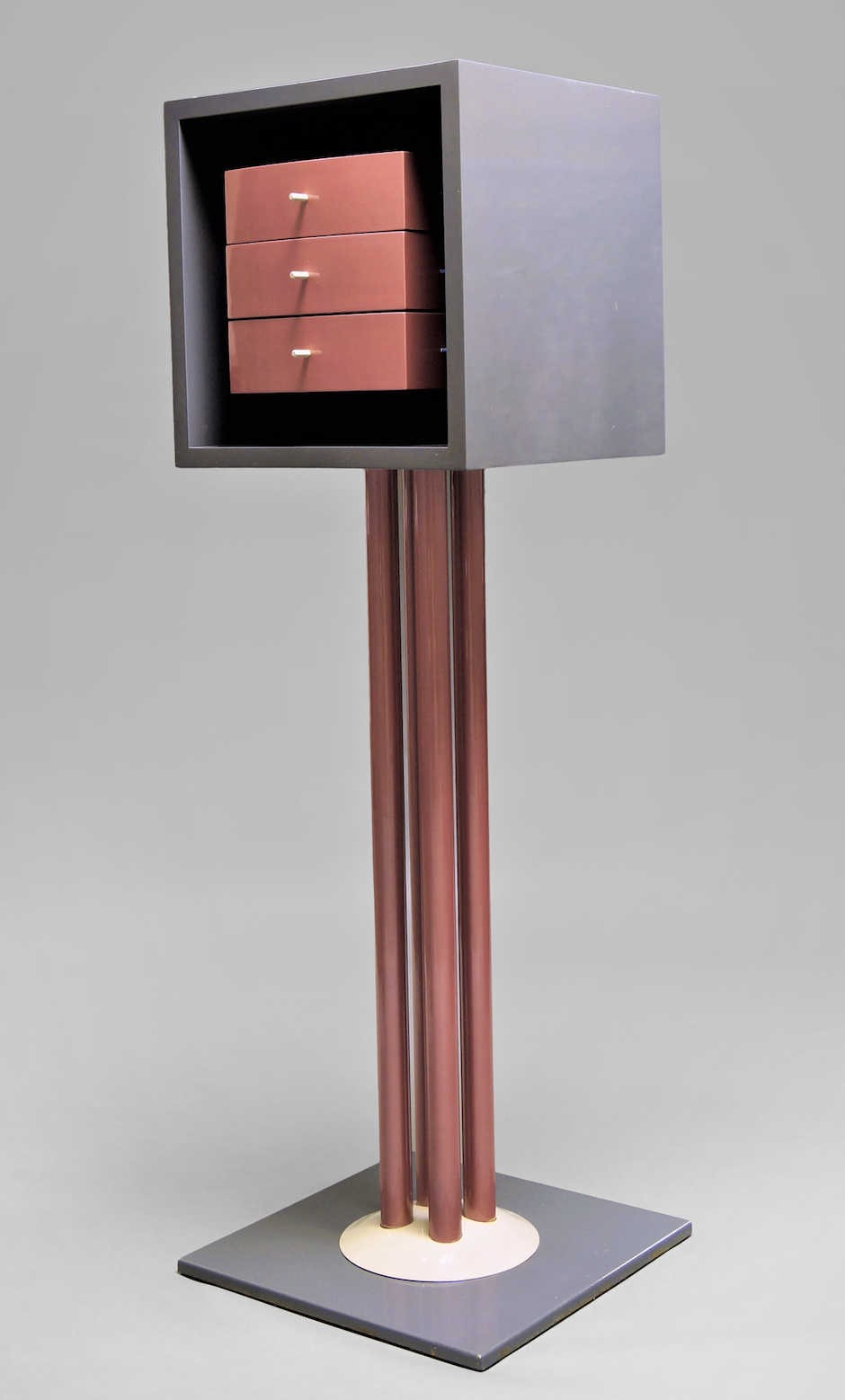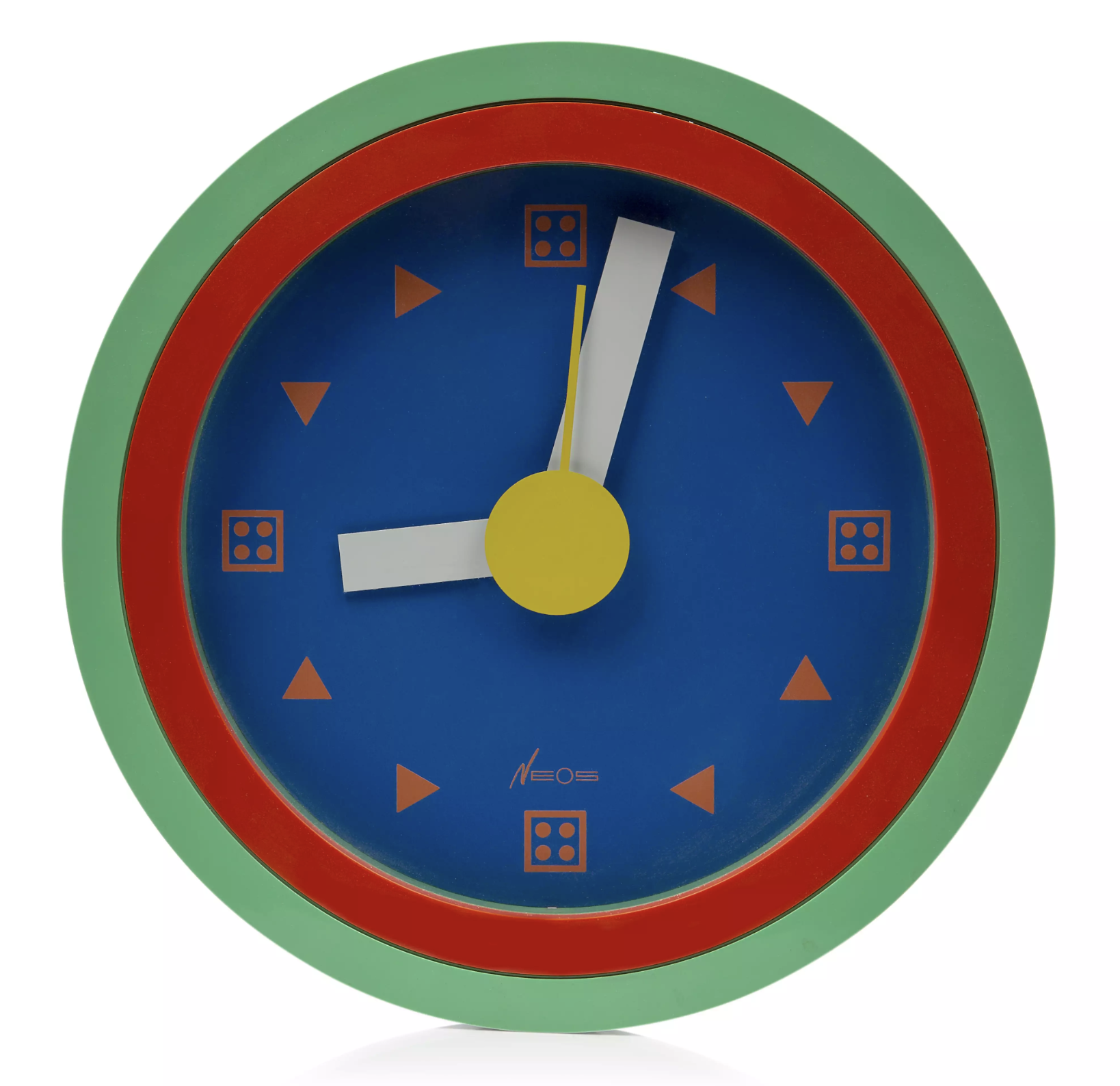In the early 1980s, a ground-breaking design movement emerged that defied traditional aesthetics and redefined the concept of creativity. The Memphis Group, an avant-garde collective founded in Milan in 1981, became the radical pioneers of Post-Modern design. Led by the visionary architect and designer Ettore Sottsass, this eclectic group of creatives embraced a playful, vibrant, and unconventional style, shattering the norms of modernism. This article delves into the origins of Memphis, explores the contributions of its members, including a precursor collective called Alchimia, and examines the lasting impact of Post-Modern design on contemporary aesthetics in interiors and architecture.
Alchimia - The Precursor to Memphis
The roots of the Memphis Group can be traced back to Alchimia, a revolutionary Post-Modern design collective founded in 1976. Under the leadership of Alessandro Guerriero, Alchimia was a daring group of designers who fearlessly challenged conventional design principles. The driving force behind Alchimia was the pursuit of creativity through experimentation with form and materials. The collective sought to break away from the established notions of design, exploring uncharted territories to create innovative and unconventional pieces.
At Alchimia, Ettore Sottsass played a crucial role as one of the key members. His visionary ideas and enigmatic approach to design set the stage for the radical movement that would later become Memphis. Sottsass believed that design should be a form of powerful communication, evoking emotions and transcending mere functionality. This perspective marked a departure from the prevailing modernist ideologies that prioritised form and function over expressive creativity.
Ettore Sottsass - The Enigmatic Founder of Memphis
Ettore Sottsass was a multifaceted architect and designer whose creative genius drove the Memphis Group to international acclaim. Born in 1917, Sottsass had a diverse background that encompassed architecture, industrial design, and photography. His extensive travels and exposure to various cultures and art forms further enriched his artistic sensibilities.
Ettore Sottsass (Italian 1917-2007), a 'Lotto Rosso' table for Poltronova
Sottsass’ first forays into Post Modern design came during his time at Alchimia. His collaboration with the collective allowed him to explore unconventional materials and unorthodox design approaches. One of his most significant contributions during this period was his "Superboxes," a series of stacked and geometrically layered cabinets that challenged traditional notions of storage furniture.
The formation of the Memphis Group in 1981 marked a turning point in Sottsass's career. As the founder and creative driving force, he steered the collective towards bold, aesthetic, vibrant, and unconventional design. Sottsass's iconic creation, the "Carlton" room divider, became the quintessential emblem of Memphis, capturing the movement's essence with its audacious geometric patterns and vibrant, clashing colours.
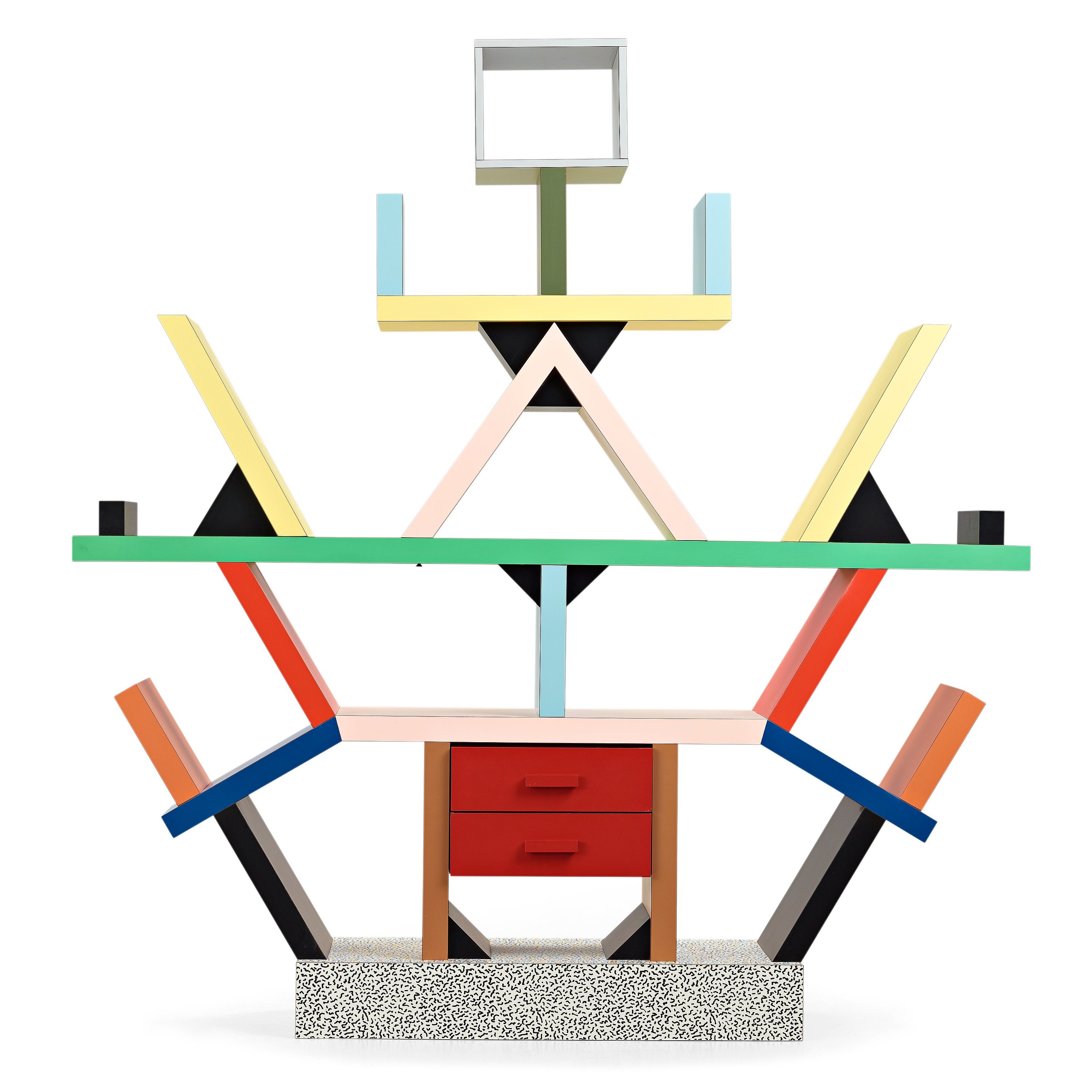
Ettore Sottsass (1917-2007) for Memphis, a Carlton cabinet, 1981
Notable Designers of the Memphis Group
Alongside Ettore Sottsass, several other influential artists and designers played significant roles in shaping the captivating aesthetics of the Memphis Group. The Memphis Group's influential designers hailed from various corners of the world, reflecting a truly multinational project that redefined the boundaries of design and left an enduring impact on the creative industry. From Peter Shire (American) to Ettore Sottsass (Italian), Kuramata (Japanese), Sowden (British), and Du Pasquier (French), their collective vision and audacious spirit forged a movement that continues to inspire and shape contemporary design endeavors.
Michele De Lucchi - A vital figure in the Memphis Group, showcased remarkable versatility in his designs, spanning furniture to architecture, all embodying the movement's spirit of innovation. Notably, his "Flamingo" table epitomised Memphis' audacious style with vibrant colours and playful geometric shapes, reflecting his boundless creativity and lasting impact on design across diverse disciplines.
Michele De Lucchi (Italian B.1951), a 'Flamingo' occasional table for Memphis
Barbara Radice - An influential design critic, Radice played a pivotal role in promoting the work of the Memphis Group and documenting their journey.
George Sowden - Renowned for his experimental approach to materials and bold colour selections, his contributions enriched the Memphis Group's portfolio with depth and richness. Through his innovative designs, Sowden infused a sense of vibrancy and dynamic energy into the movement, further amplifying its audacious spirit.
Nathalie Du Pasquier - A visionary founding member of Memphis, her work showcased her unique and fearless design spirit, celebrating bold geometric patterns that became a defining feature of the movement's playful aesthetics. Her artistic legacy continues to resonate, inspiring contemporary designers to embrace audacious patterns and vibrant creativity, just as she did during her ground-breaking journey with the Memphis Group.
Shiro Kuramata - As a notable Japanese designer within the Memphis Group, Kuramata brought his distinct sensibility to the movement, contributing to its multicultural and multinational nature. His innovative designs added further richness to the diverse tapestry of the Memphis Group's artistic legacy.
Shiro Kuramata (1934-1991) for Memphis, a Nikko cabinet, 1982
What are the characteristics of the Memphis Group?
The Memphis style was characterised by a playful and whimsical design language that celebrated the freedom of creative expression. They embraced bold geometric shapes, such as triangles, squares, and circles, using them in innovative and unexpected ways. Vibrant clashing colours were a hallmark of their work, challenging the subdued palettes of modernist design. The group also eschewed traditional notions of symmetry and embraced asymmetry and non-conformity in their designs. Memphis designers fearlessly experimented with a wide range of materials, pushing the boundaries of design and blurring the lines between art and functionality.
Design Innovations of the Memphis Group Design
The Memphis Group's design innovations left an indelible mark on the world of interior design, sparking a revolution that transcended traditional boundaries. Their iconic furniture pieces, such as the "Carlton" room divider designed by Ettore Sottsass, showcased bold geometric patterns and vibrant colours, serving as striking focal points in contemporary interiors. Similarly, the "Casablanca" sideboard by Peter Shire featured whimsical forms and bright hues, further exemplifying Memphis' daring design language.
Lighting fixtures were also revolutionised by Memphis. The "Tahiti" lamp, designed by Ettore Sottsass, featured a dynamic stacked geometric design with a playful mix of primary colours, becoming not just functional lighting but also sculptural artworks.
Beyond furniture and lighting, Memphis designers also created a range of decorative accessories, such as vases, clocks, candlesticks, and textiles. These accessories embraced the same bold use of colours and simple geometric shapes, contributing to the overall aesthetic cohesiveness of Memphis interiors.
Ettore Sottsass (1917-2007), a pair of silver plated 'Silvershade' candlesticks
Moreover, the Memphis Group's design ethos extended beyond individual objects and permeated architectural projects as well. Buildings and interiors influenced by Memphis design showcased a departure from conventional architectural norms, with facades featuring bold patterns bright colours and shapes that challenged traditional building aesthetics.
Memphis' Design Impact on Interiors and Architecture
The influence of Memphis extended far beyond superficial aesthetics; it sparked a profound design revolution that breathed new life into interiors and architecture. Memphis designs celebrated exuberance and playfulness, featuring audacious patterns, bold geometric shapes, and a daring clash of vibrant colours. This daring approach stood in stark contrast to the prevailing minimalist and functionalist trends of the time, injecting much-needed energy and creativity into the design world.
The daring use of contrasting colours and unconventional shapes in Memphis-inspired interiors challenged the traditional norms of symmetry and monotony, creating vibrant, dynamic spaces that evoked an emotional response from its occupants. Architects and interior designers began to incorporate these principles into their projects, reinvigorating spaces with a sense of individuality and artistic freedom.
Echoes of Post-Modern Design in Contemporary Aesthetics
Though the Memphis Group disbanded in 1987, its legacy lives on in contemporary design. Designers today draw inspiration from the audacious spirit of Post-Modernism, integrating vibrant colours, eclectic patterns, and unexpected combinations into their creations. The enduring impact of Memphis continues to fuel the revival of retro aesthetics, adding a touch of nostalgia and artistic freedom to modern spaces.
The whimsical and daring design choices of Memphis have also influenced contemporary furniture and decor trends, with bold geometric patterns, abstract designs and vibrant colour palettes becoming popular choices in modern interiors. The movement's emphasis on individuality and the celebration of creative expression resonates with a generation seeking to break free from the uniformity of mass-produced designs.
Legacy of the Memphis Group
The Memphis Group's audacious legacy, led by visionaries like Ettore Sottsass, Michele De Lucchi, Barbara Radice, George Sowden, Nathalie Du Pasquier, Shiro Kuramata and others, remains a profound influence in the design world. Their fearless approach to creativity, vibrant colour choices, and daring geometric designs redefined principles and broke away from modernist norms. This impact extended beyond aesthetics, revitalising the creative spirit and encouraging innovation.
Contemporary designers continue to draw inspiration from Memphis, integrating its principles into captivating creations. The enduring influence fuels the revival of retro aesthetics, embracing individuality and artistic freedom. By carrying forward Memphis' legacy, designers shape the future of design with bold visions. Embracing Memphis means celebrating diversity, nurturing daring ideas, and creating spaces that embody individual expression. As we honour their impact, let us remember that genuine beauty lies in transcending boundaries and embracing the audacity of creative expression.



